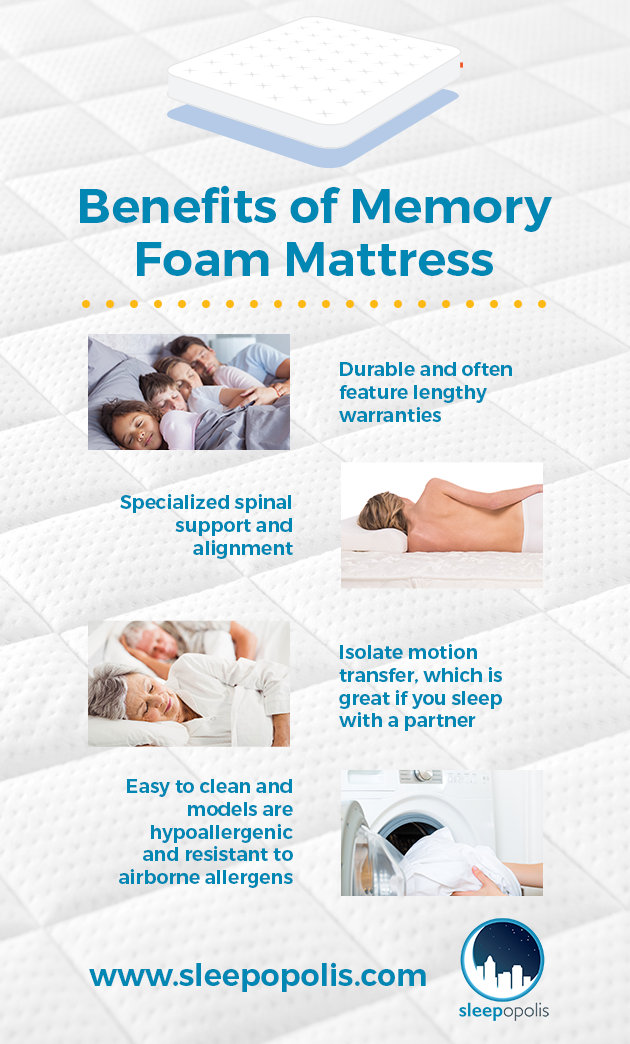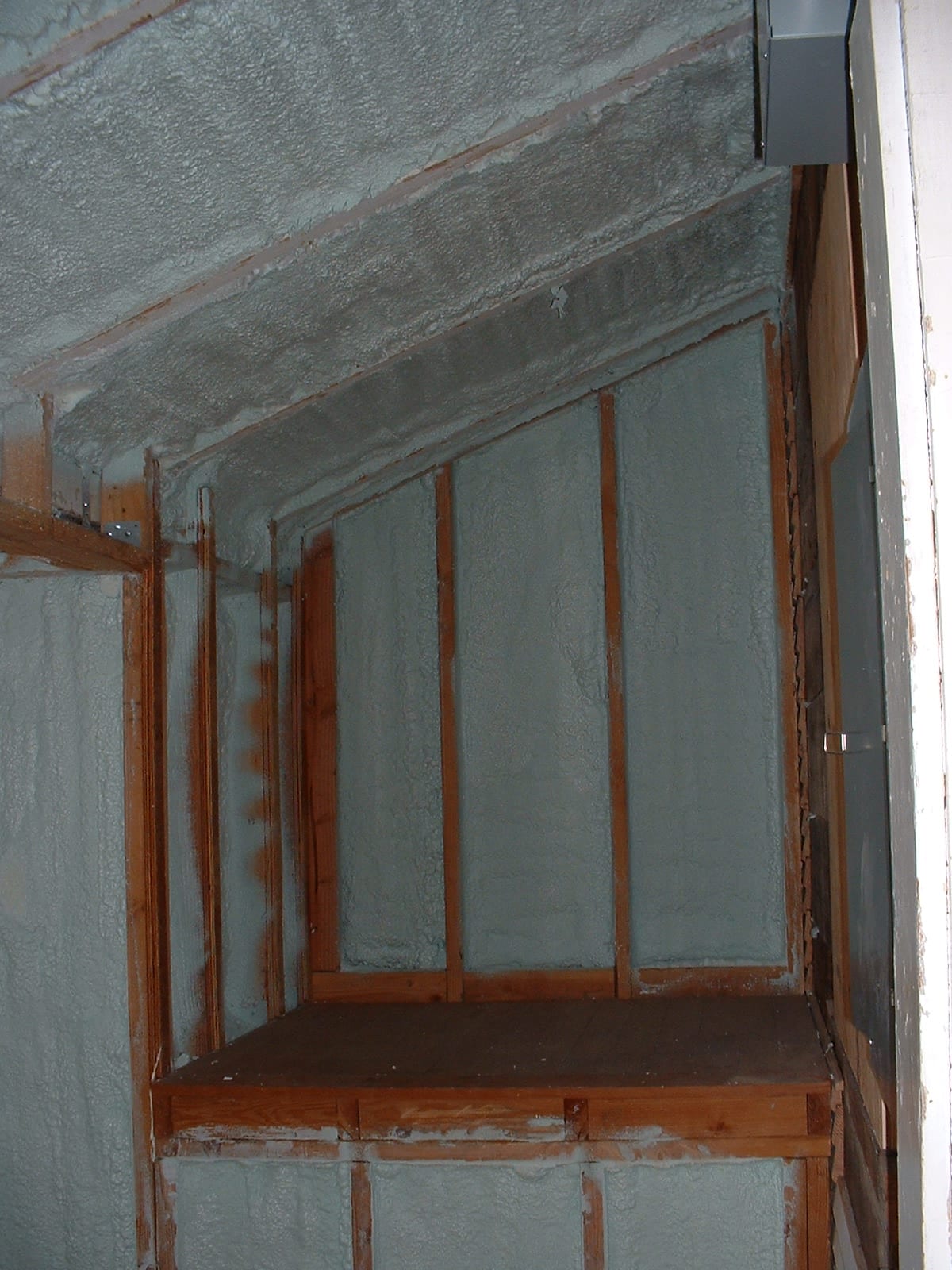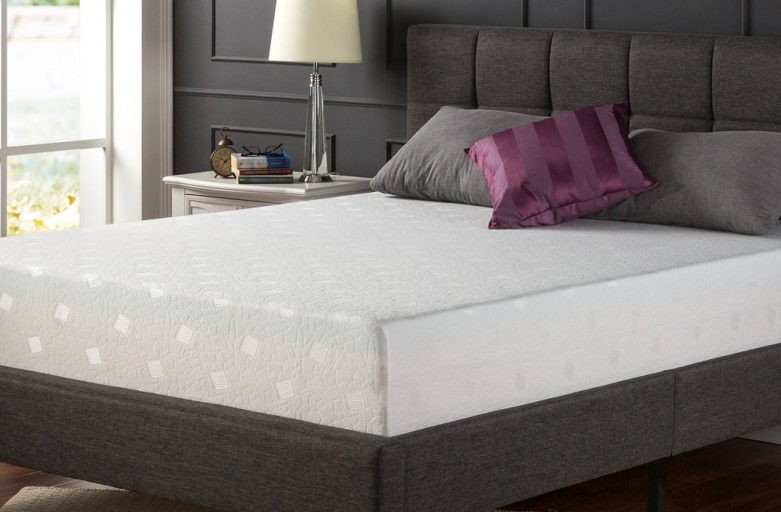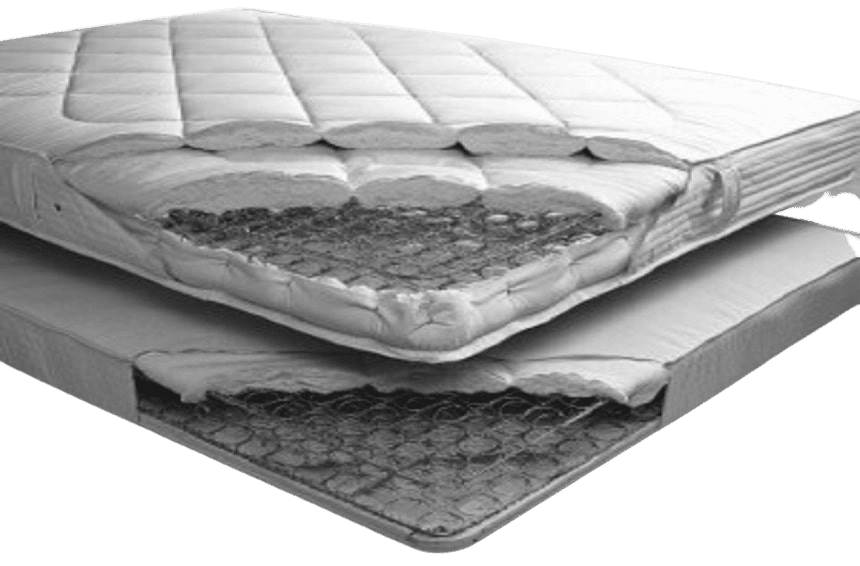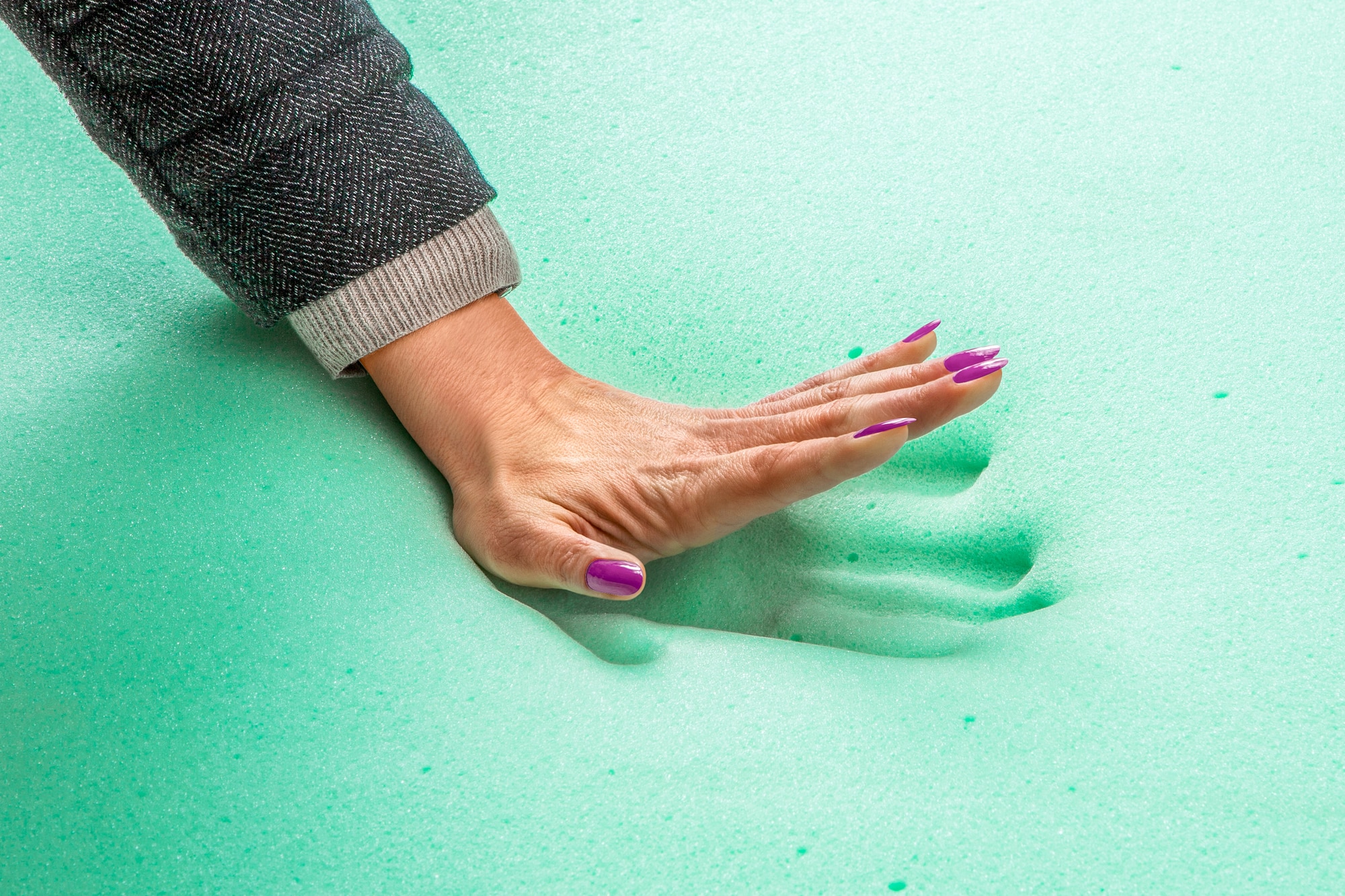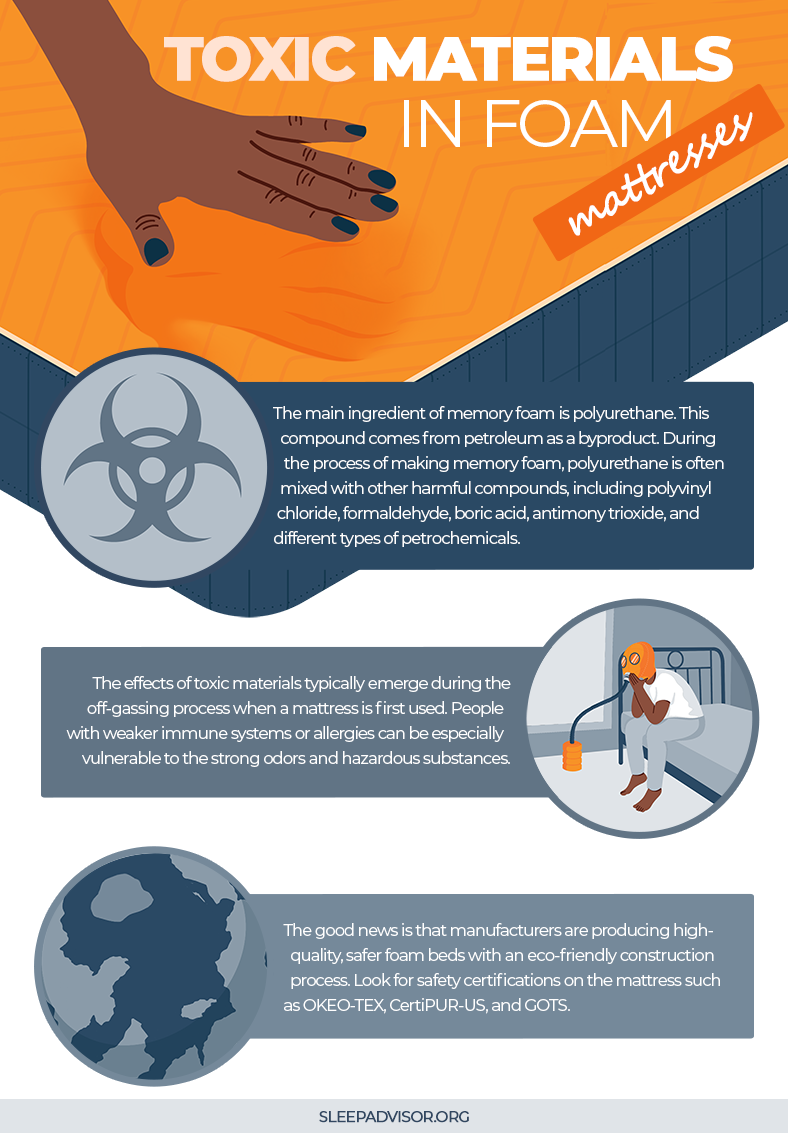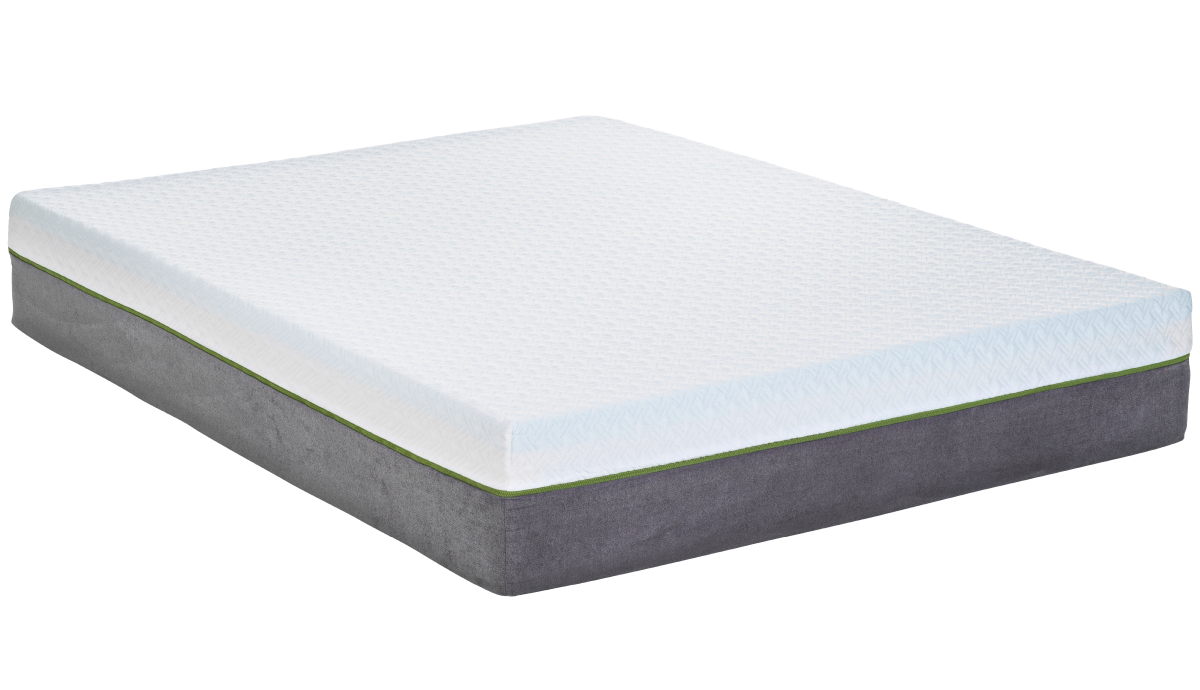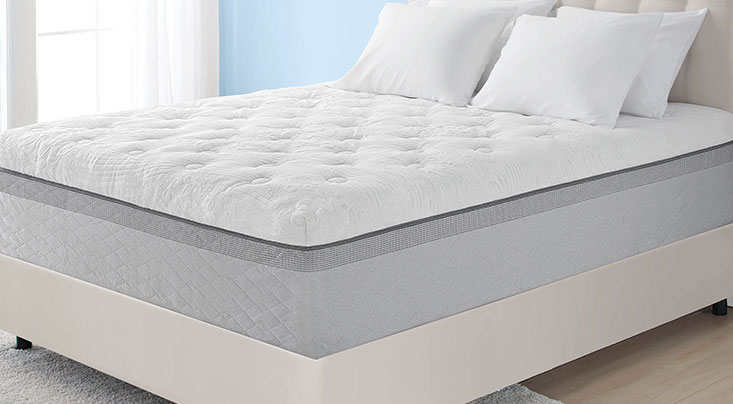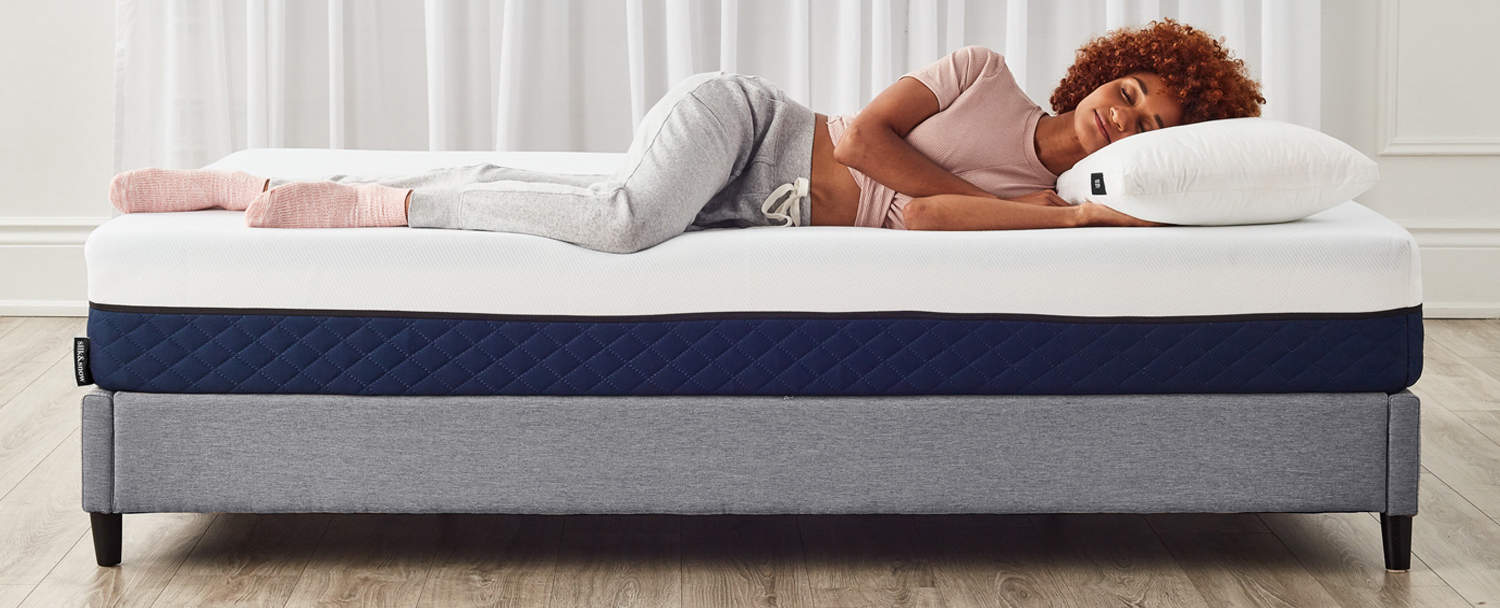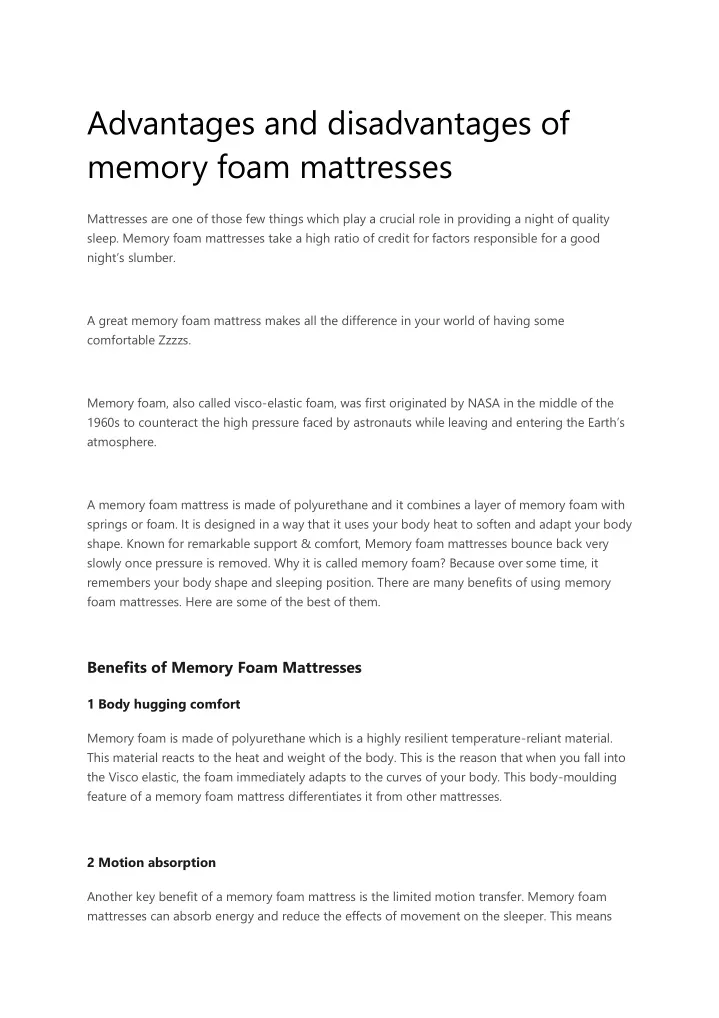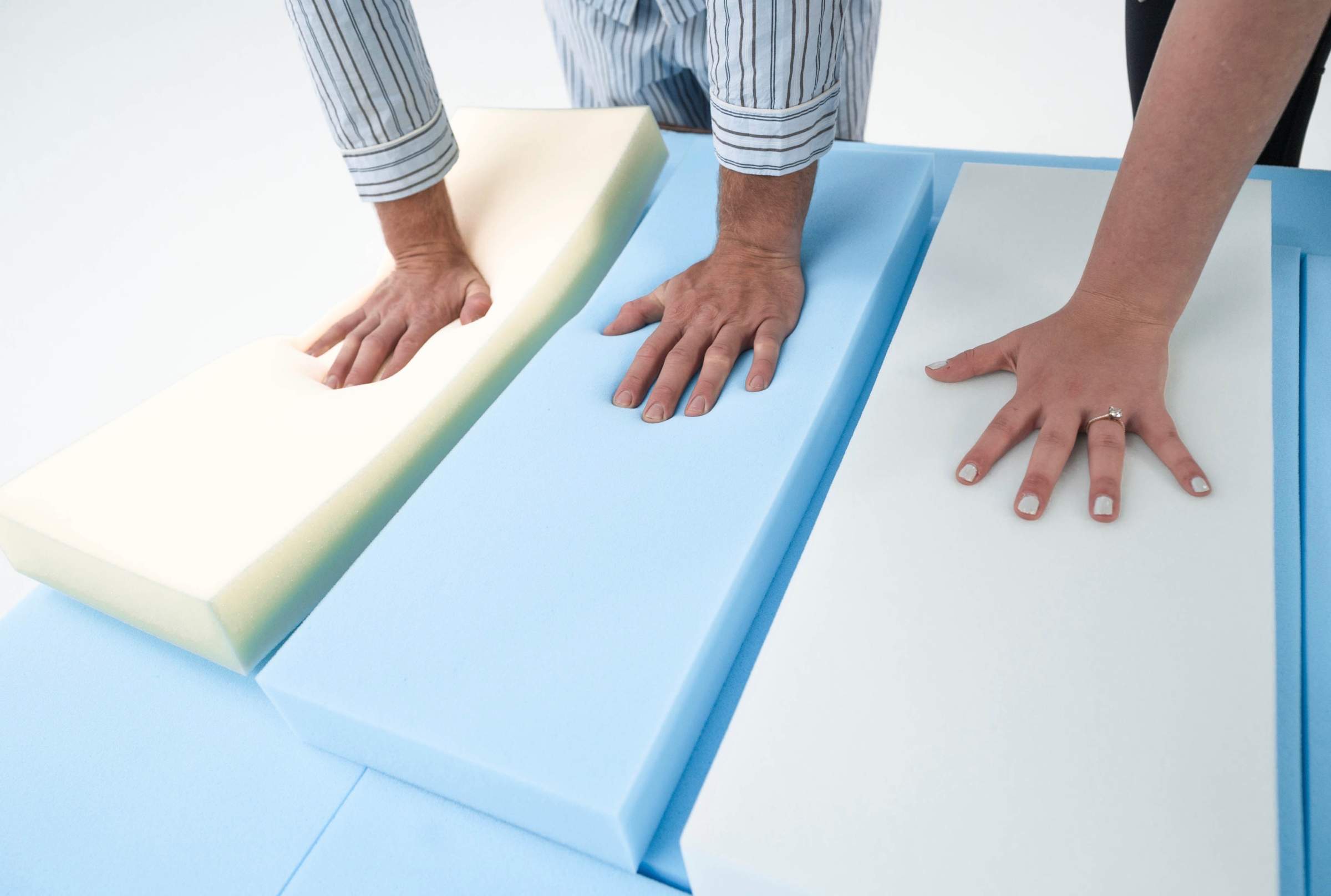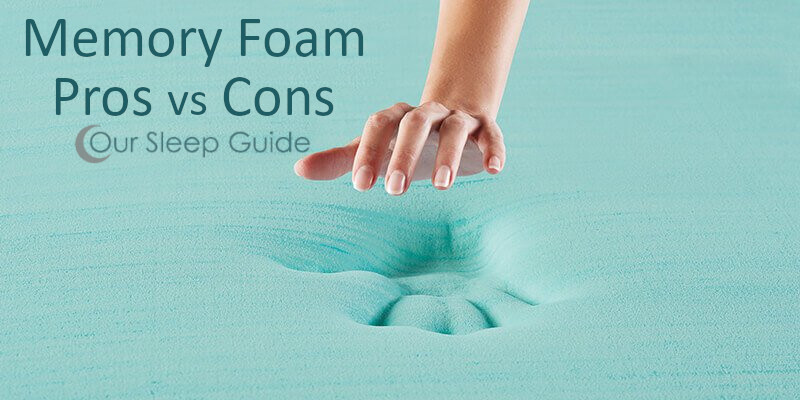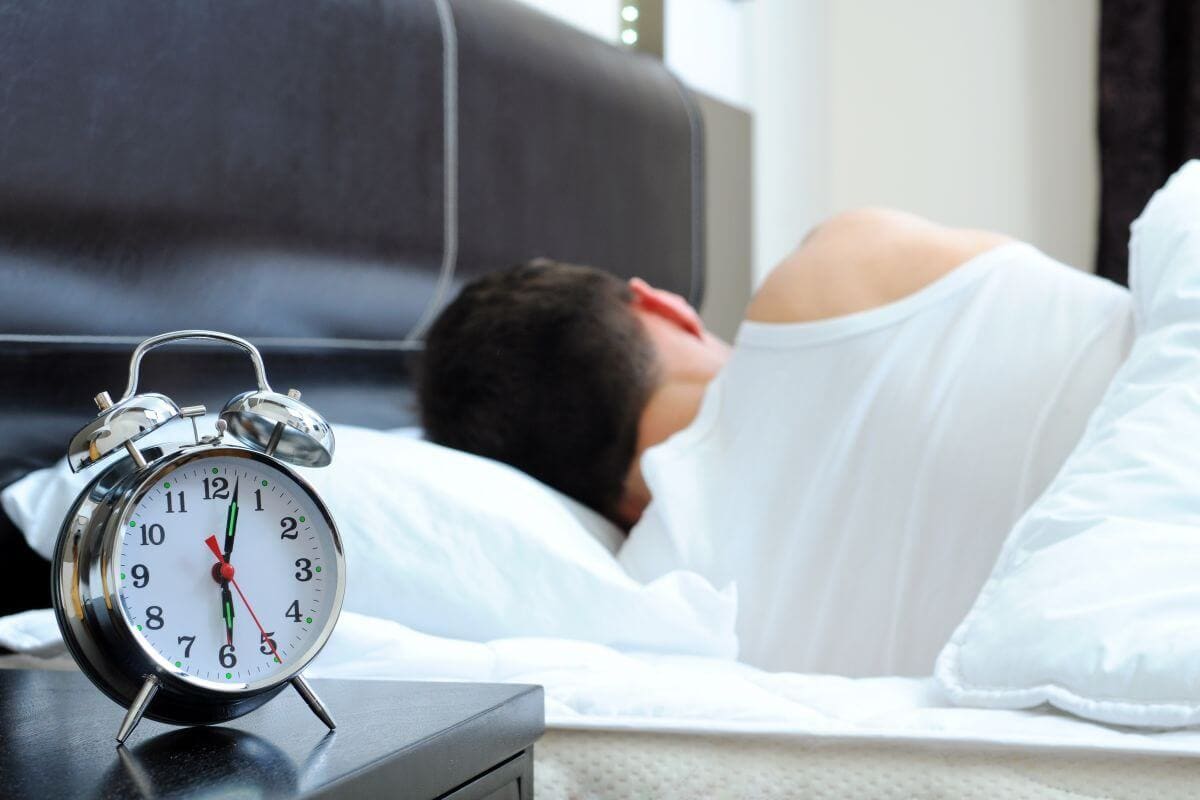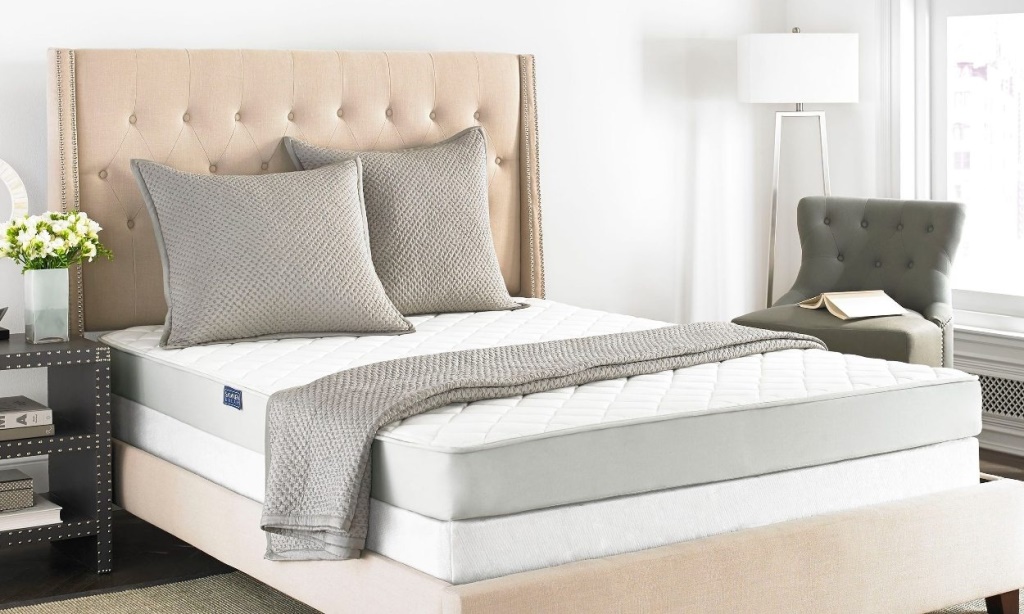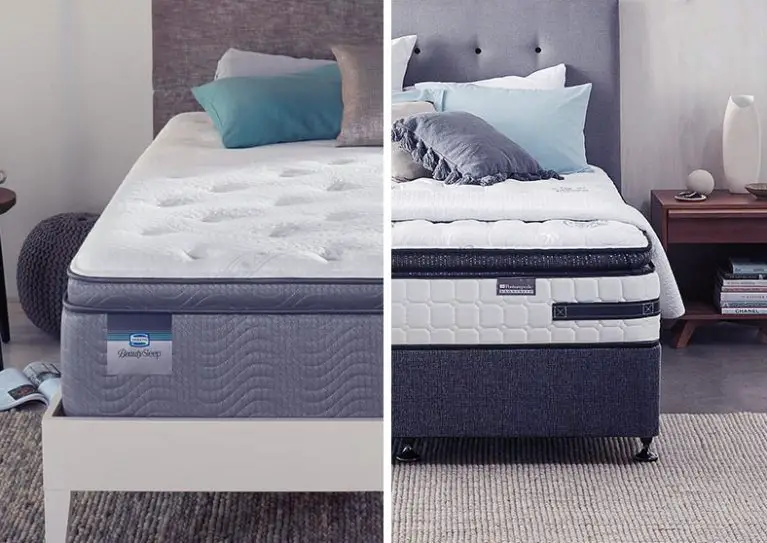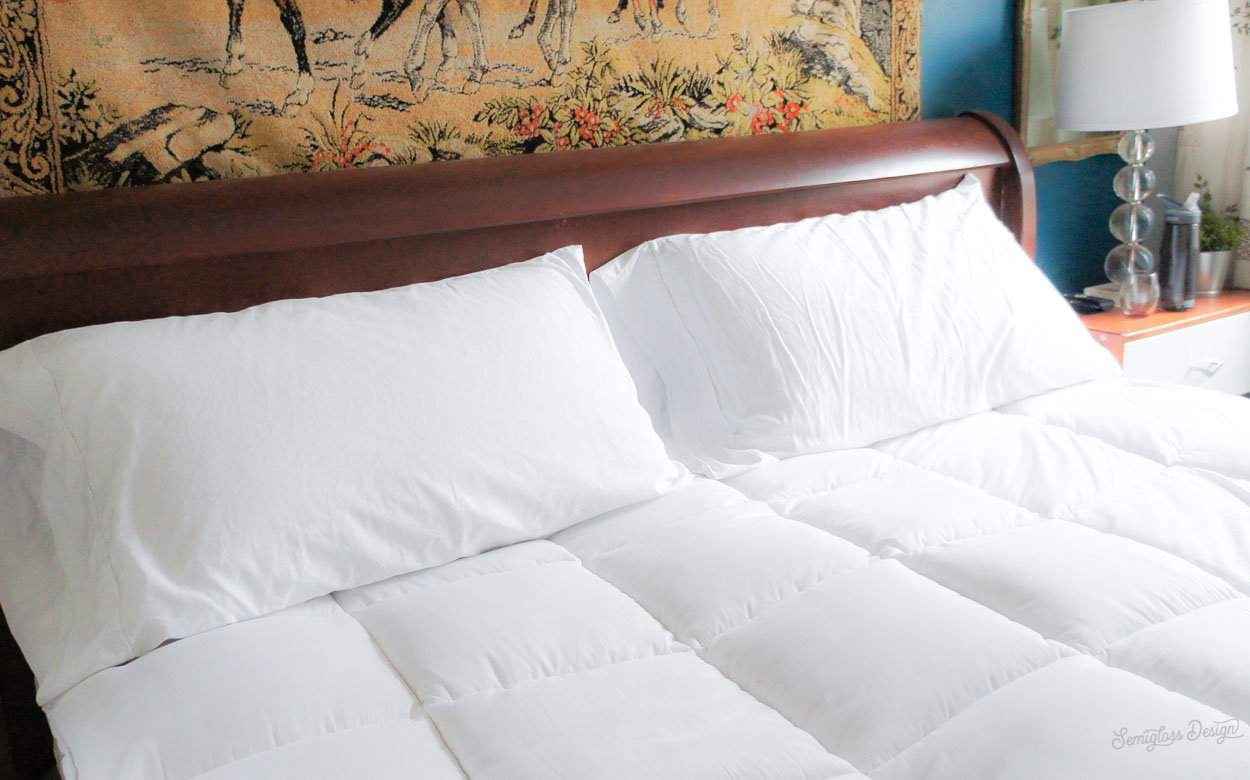Foam Mattress Disadvantages
Foam mattresses have gained popularity in recent years due to their ability to conform to the body and relieve pressure points. However, like any other product, foam mattresses also have their disadvantages that should be considered before making a purchase. In this article, we will discuss the top 10 main disadvantages of foam mattresses.
Cons of Foam Mattresses
While foam mattresses offer many benefits, they also have some downsides that may not suit everyone. One of the main cons of foam mattresses is their tendency to retain heat. Due to the dense foam material, these mattresses can trap body heat, causing discomfort for hot sleepers. This can lead to disrupted sleep and discomfort throughout the night.
Drawbacks of Foam Beds
Another disadvantage of foam mattresses is their initial off-gassing period. When foam mattresses are first unpacked, they release a chemical odor that can be unpleasant and overwhelming for some individuals. This odor can take a few days to dissipate, making it challenging to sleep on the mattress during this time.
Foam Mattress Limitations
Foam mattresses are also known to have less edge support compared to traditional innerspring mattresses. This means that the edges of the mattress may compress under pressure, making it difficult to sit or sleep near the edges without feeling like you might roll off. This can be a significant limitation for individuals who tend to sit or sleep on the edges of their bed.
Negative Aspects of Foam Mattresses
One of the most significant disadvantages of foam mattresses is their high price point. Foam mattresses are typically more expensive than traditional mattresses, making them less accessible for budget-conscious consumers. Additionally, foam mattresses may require a specialized foundation or bed frame, adding to the overall cost.
Foam Mattress Cons
Another disadvantage of foam mattresses is their weight. Foam mattresses are typically heavier than traditional mattresses, making them challenging to move and maneuver. This can be a significant concern for individuals who need to move their mattress frequently, such as during a move.
Disadvantages of Memory Foam Mattresses
Memory foam mattresses have become increasingly popular due to their ability to contour to the body and relieve pressure points. However, one of the main disadvantages of memory foam mattresses is their slow response time. This means that when you move or change positions, the mattress may take a few seconds to adjust, potentially causing discomfort and disrupting sleep.
Foam Mattress Disadvantages for Hot Sleepers
As mentioned earlier, foam mattresses have a tendency to retain heat, making them less suitable for hot sleepers. This can be a significant disadvantage for individuals who tend to sleep hot and may result in disrupted sleep and discomfort throughout the night.
Foam Mattress Disadvantages for Heavy People
Foam mattresses may not be the best option for individuals who are on the heavier side. Foam mattresses tend to have a lower weight capacity compared to traditional mattresses, and they may not provide enough support for heavier individuals. This can result in discomfort and decreased lifespan of the mattress.
Foam Mattress Disadvantages for Allergies
While foam mattresses are known for their hypoallergenic properties, they may still not be suitable for individuals with allergies. Foam mattresses can trap dust, dirt, and allergens, making them challenging to clean thoroughly. This can be a significant disadvantage for individuals with allergies, as it can lead to increased symptoms and discomfort.
In conclusion, while foam mattresses offer many benefits, they also have their share of disadvantages. Before making a purchase, it is essential to consider these potential drawbacks and determine if a foam mattress is the right fit for your needs and preferences.
The Disadvantages of Foam Mattresses

1. Limited Lifespan
 One of the main disadvantages of foam mattresses is their limited lifespan. While traditional spring mattresses can last for 10-15 years, foam mattresses typically have a lifespan of 5-10 years. This is due to the fact that foam mattresses are made of synthetic materials that break down over time, leading to sagging and loss of support. This means that you may have to replace your foam mattress more frequently, resulting in additional expenses.
One of the main disadvantages of foam mattresses is their limited lifespan. While traditional spring mattresses can last for 10-15 years, foam mattresses typically have a lifespan of 5-10 years. This is due to the fact that foam mattresses are made of synthetic materials that break down over time, leading to sagging and loss of support. This means that you may have to replace your foam mattress more frequently, resulting in additional expenses.
2. Heat Retention
 Another disadvantage of foam mattresses is their tendency to retain heat. Foam mattresses are known for their ability to conform to the body, providing a comfortable and supportive sleep surface. However, this same quality also causes the foam to trap body heat, making the mattress feel hot and uncomfortable. This can be particularly troublesome for those who live in warmer climates or tend to sleep hot.
Another disadvantage of foam mattresses is their tendency to retain heat. Foam mattresses are known for their ability to conform to the body, providing a comfortable and supportive sleep surface. However, this same quality also causes the foam to trap body heat, making the mattress feel hot and uncomfortable. This can be particularly troublesome for those who live in warmer climates or tend to sleep hot.
3. Chemical Odors
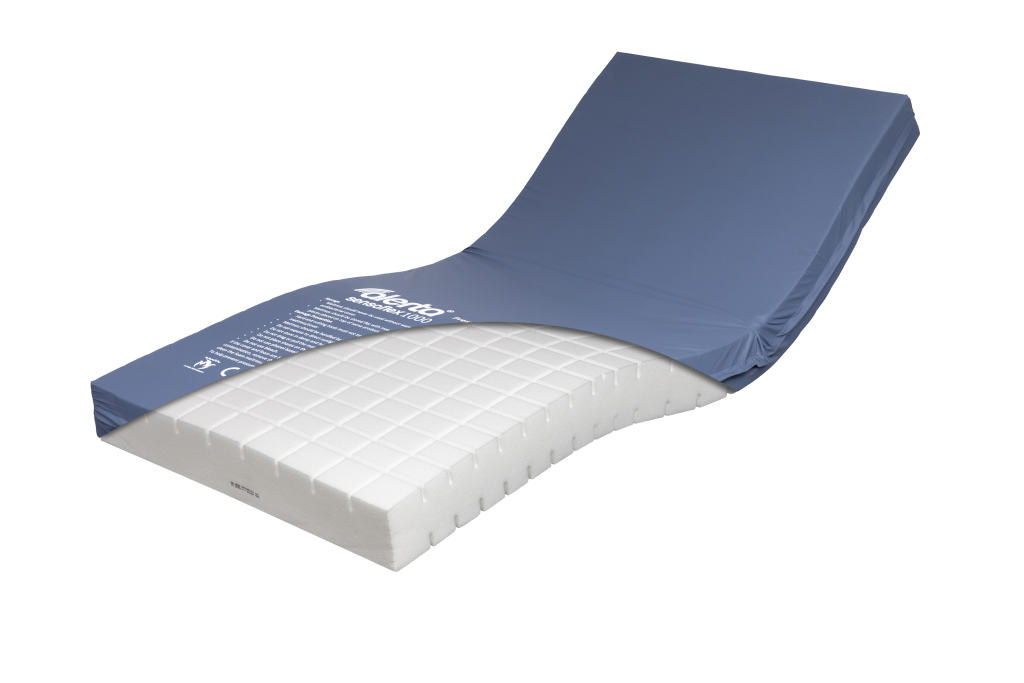 Foam mattresses are made with various chemicals and synthetic materials, which can emit strong odors. These odors, commonly referred to as off-gassing, can be unpleasant and linger for several days or even weeks. While most foam mattresses are manufactured with low VOC (volatile organic compound) emissions, some people can be sensitive to these odors and may experience headaches, nausea, or respiratory issues.
Foam mattresses are made with various chemicals and synthetic materials, which can emit strong odors. These odors, commonly referred to as off-gassing, can be unpleasant and linger for several days or even weeks. While most foam mattresses are manufactured with low VOC (volatile organic compound) emissions, some people can be sensitive to these odors and may experience headaches, nausea, or respiratory issues.
4. Weight and Difficulty Moving
 Foam mattresses are notoriously heavy and difficult to move. Unlike traditional spring mattresses, foam mattresses cannot be folded or bent, making them challenging to maneuver through narrow doorways or up staircases. This can be a significant disadvantage for those who move frequently or live in apartments or homes with limited space.
Foam mattresses are notoriously heavy and difficult to move. Unlike traditional spring mattresses, foam mattresses cannot be folded or bent, making them challenging to maneuver through narrow doorways or up staircases. This can be a significant disadvantage for those who move frequently or live in apartments or homes with limited space.
5. Lack of Edge Support
 Foam mattresses tend to have less edge support than traditional spring mattresses. This means that the edges of the mattress may compress significantly when you sit or sleep near them, making it feel unstable. This can be a problem for those who like to sit on the edge of the bed or have limited mobility and need support getting in and out of bed.
In conclusion, while foam mattresses have their benefits, they also come with several disadvantages. Limited lifespan, heat retention, chemical odors, weight and difficulty moving, and lack of edge support are all potential issues to consider when choosing a mattress. As with any major purchase, it's important to weigh the pros and cons and consider your personal needs and preferences before making a decision.
Foam mattresses tend to have less edge support than traditional spring mattresses. This means that the edges of the mattress may compress significantly when you sit or sleep near them, making it feel unstable. This can be a problem for those who like to sit on the edge of the bed or have limited mobility and need support getting in and out of bed.
In conclusion, while foam mattresses have their benefits, they also come with several disadvantages. Limited lifespan, heat retention, chemical odors, weight and difficulty moving, and lack of edge support are all potential issues to consider when choosing a mattress. As with any major purchase, it's important to weigh the pros and cons and consider your personal needs and preferences before making a decision.


